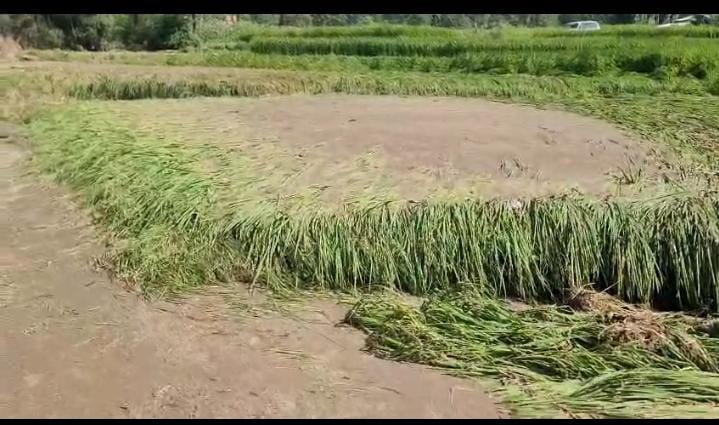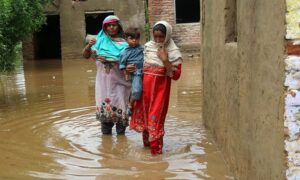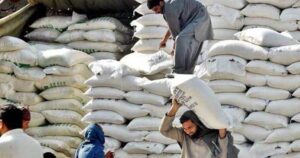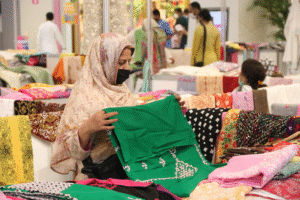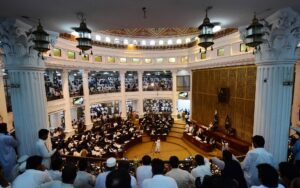PESHAWAR – In the fields of Buner, maize stalks that once trembled in the mountain breeze lay flattened, broken by sudden storms. Villagers call them thandar—a mix of rain and lightning that arrives without warning. This year, it left behind only muddy furrows where grain should have ripened. For 23,487 acres of maize, the season ended not in harvest, but in ruin.
Across Khyber Pakhtunkhwa, the scale of Pakistan crop destruction is stark: 31,596 acres gone in a matter of days. Buner bore the heaviest blow—26,141 acres—while Swat, Lower Dir, Bajaur, Shangla and Chitral tallied smaller but equally painful losses. The provincial agriculture department’s first report read less like data and more like an obituary: maize, rice, vegetables, orchards—all erased before they could be gathered.
Also Read: A Morning When Villages Vanished
The Cost of Protection
“This is not a disaster of one night,” said Dawood Khan, a journalist and climate researcher. “It is the unfolding of climate change, season after season. Our crops are no longer safe in the time they used to be.”
Elsewhere in Asia, from Japan to China, shade structures shield farmland from hailstorms. In Khyber Pakhtunkhwa, farmers struggle to afford even fertiliser. The paradox is brutal. The province’s five lakh acres of vegetable land could, in theory, be protected. But one acre of shade demands 2.2mn rupees, placing the solution far beyond reach.
Even foreign-funded attempts at crop protection have withered. Projects once backed by the United States Agency for International Development collapsed when funding was cut. What remains is an agriculture department too thinly stretched to innovate, left juggling emergency relief and promises of faster-growing seeds.
Also Read: Beshonai Village: From Paradise To Graveyard Overnight
Seasons Without Certainty
For farmers, centuries-old planting rhythms no longer hold. Monsoons arrive earlier, heavier, and with deadlier force. “We must change our crop cycles to mature before the rains,” Khan urged. The advice sounds simple but requires coordination, training, and support that rarely reach the smallest villages.
The aftershocks extend into markets. Tobacco farmers, once promised fair prices, now face buyers offering below government-set rates. Without change, Khan warned, Pakistan crop destruction will move from exception to expectation—crippling staple crops as well as cash harvests.
The Meteorological Department argued the storms were not “cloudbursts” but unusually heavy rains combined with lightning. To farmers, such distinctions mean little. What matters is the maize lost, the rice drowned, and the vegetables that will never reach the market.
Pakistan crop destruction has become a grim rhythm, repeating year after year. The ruined fields of Buner, Swat, and Chitral stand as evidence of a climate racing ahead of policy, and as warning of what is still to come.

